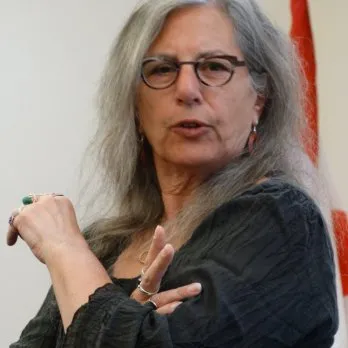Looking to brush up your writing skills or learn a new trick or two? You've come to the right place! Check back weekly for helpful tips and articles that make your writing better.

Folktales are traditional stories, told by anonymous folk, about ordinary people having extraordinary adventures. Fairy tales are a subset that includes major characters with magical powers such as fairy godmothers, the wee folk, and genies. These days, the boundary between folk and fairy tales has become blurred, as many of the stories we now call fairy tales have very little to do with the creatures of faerie. Red Riding Hood encounters a talking wolf, to be sure, but that is not that far out of the ordinary!
The importance of folktales
Folktales are part of the basic literature of any culture. If you are north European or North American, you know Cinderella, Jack and the Beanstalk, and Sleeping Beauty. In the Caribbean, Anansi the Spider is the hero of many stories. In Turkey, Iran, and nearby countries there are so many stories about Mullah Nasr-ed Din that he's like a neighbor.
Familiarity with key stories like these are important in any culture not only because they are wonderful stories, but also because they are constantly referenced in local literature, films, television programs, comic books, video games and so on.
I have found, however, that most North Americans are only familiar with the core folktales that have been made into films by Disney. The key, as an author yourself, is to explore the wider world of folktales. Consider revising a story less known by your readers. If you are not acquainted with many traditional tales, go to the 398.2 section of your public library. I recommend that you explore the folktales of your own heritage and culture first; their familiarity may give you ideas or insights into how the story, or certain elements and characters, can be incorporated into your own writing.
Many of the versions we read today have been sanitized or re-imagined because of perceived violence or sexism in the older tales. The cruel stepmother, the passive princess, the evil elderly woman, and the “happy ever after" ending are themes that have been reworked by contemporary writers to empower women of all ages and remove negative stereotyping or unrealistic endings, without destroying the integrity of the stories. This is not a new trend. Folktales have been reworked and re-imagined again and again through the years to reflect the cultures and beliefs of the people telling them.
The power of folktales
Although folktales may seem simple, they often have different meanings to different people, and they can mean different things to one person at different times. This gives the story and the writer immense power when adapting the tales. The moral justice and commonsense logic inherent in these old tales are often eliminated in retellings, leaving stories that are told for entertainment value only.
I am not selling entertainment short by any means, but the underlying lessons in these stories can provide you with the grit you need to make your story jump off the page. These elements also make it easy to reorganize the story's plot points, making it possible for you to transform a traditional tale into different genres: a contemporary mystery, a science fiction or fantasy story, or a romance.
Not just for kids
Folktales aren’t just stories for kids. They present real problems that have continued relevance throughout the ages, and they deserve to be rewritten for a new audience facing similar issues today.
Next in this series: how to adapt folktales into your writing…
⤟ backstory ⤠
April 2025
March 2025
February 2025
January 2025
December 2024
November 2024
October 2024
September 2024
August 2024
July 2024
Copyright © 2025. All rights reserved
StoryBilder and the StoryBilder logo are trademarks of StoryBilder, Ltd.










